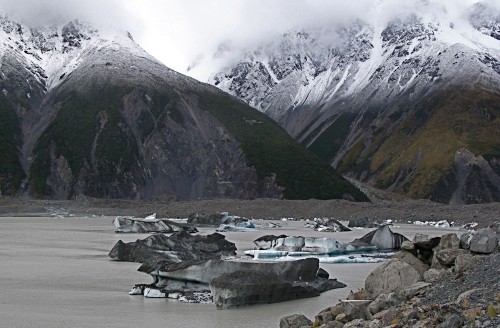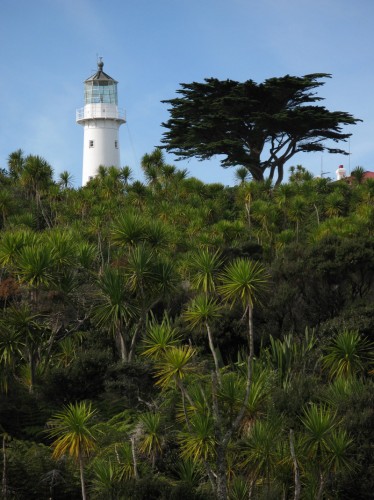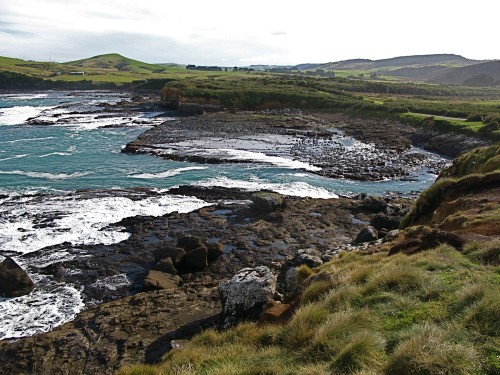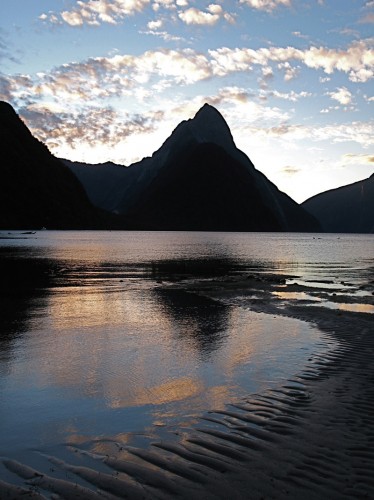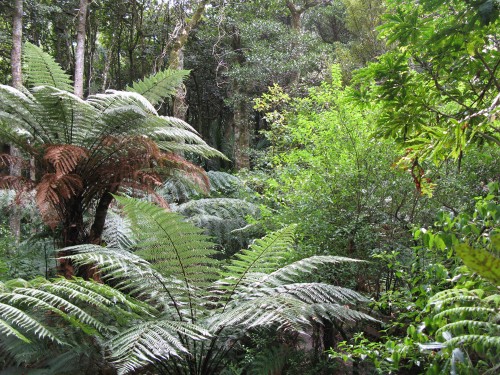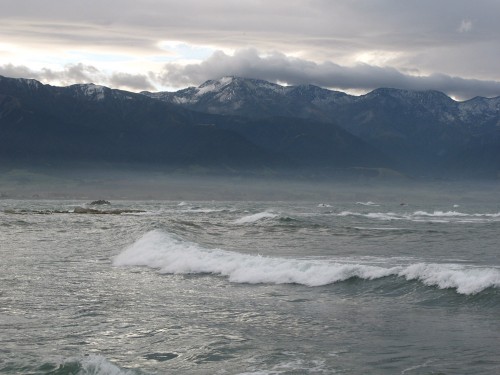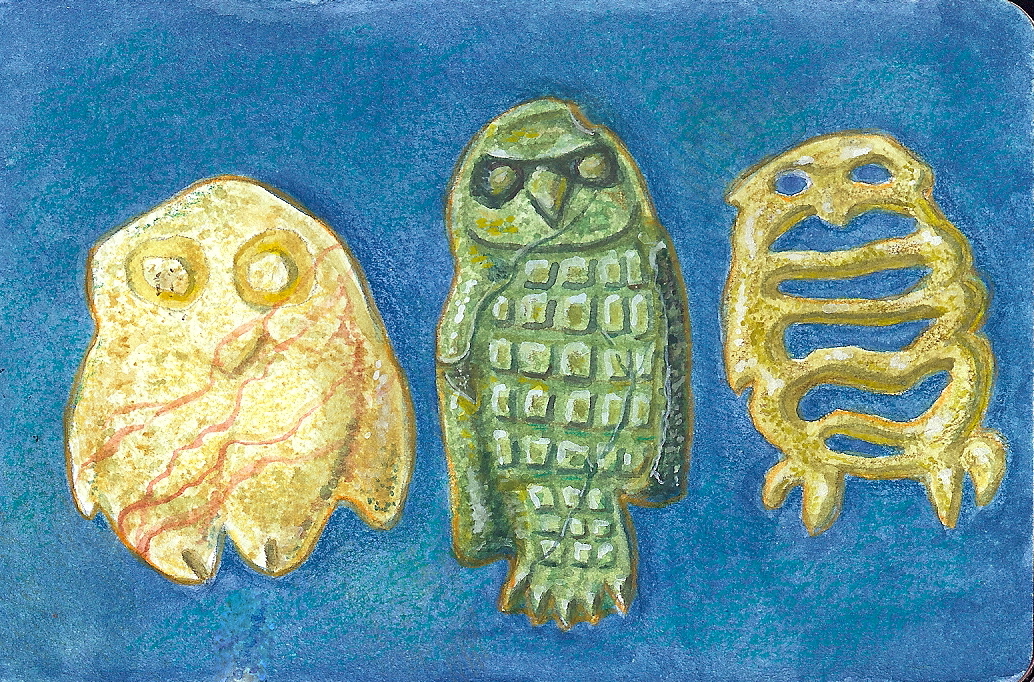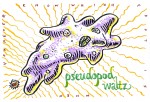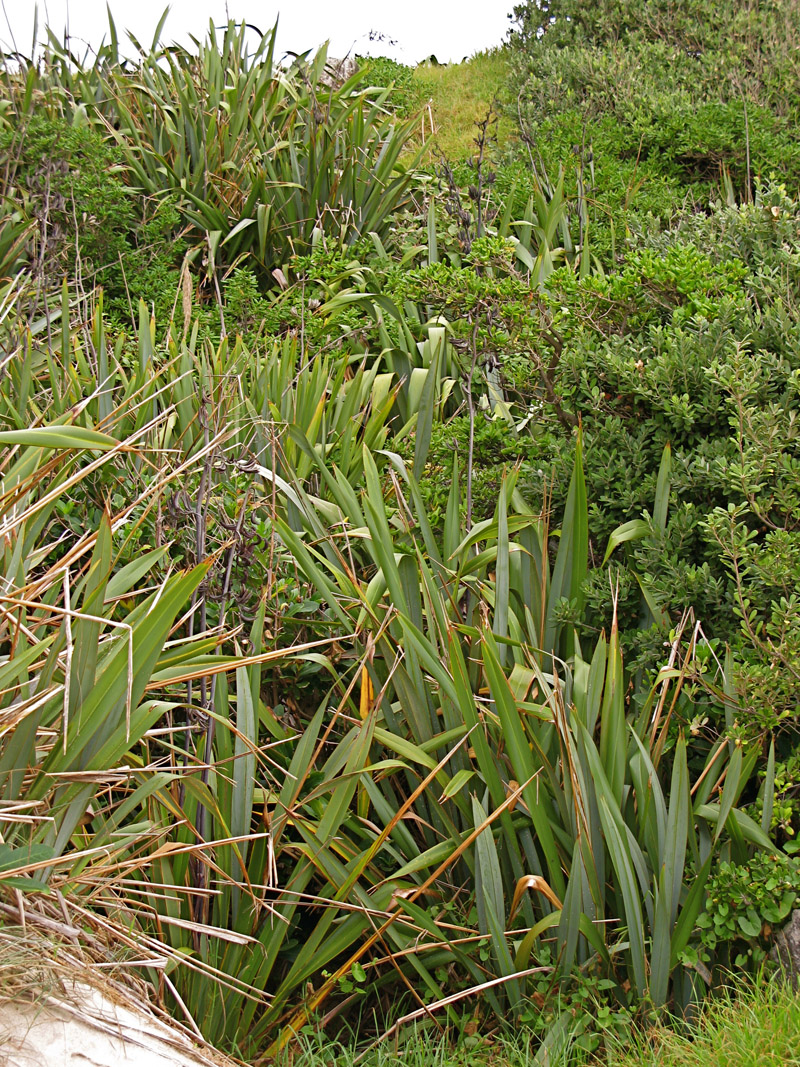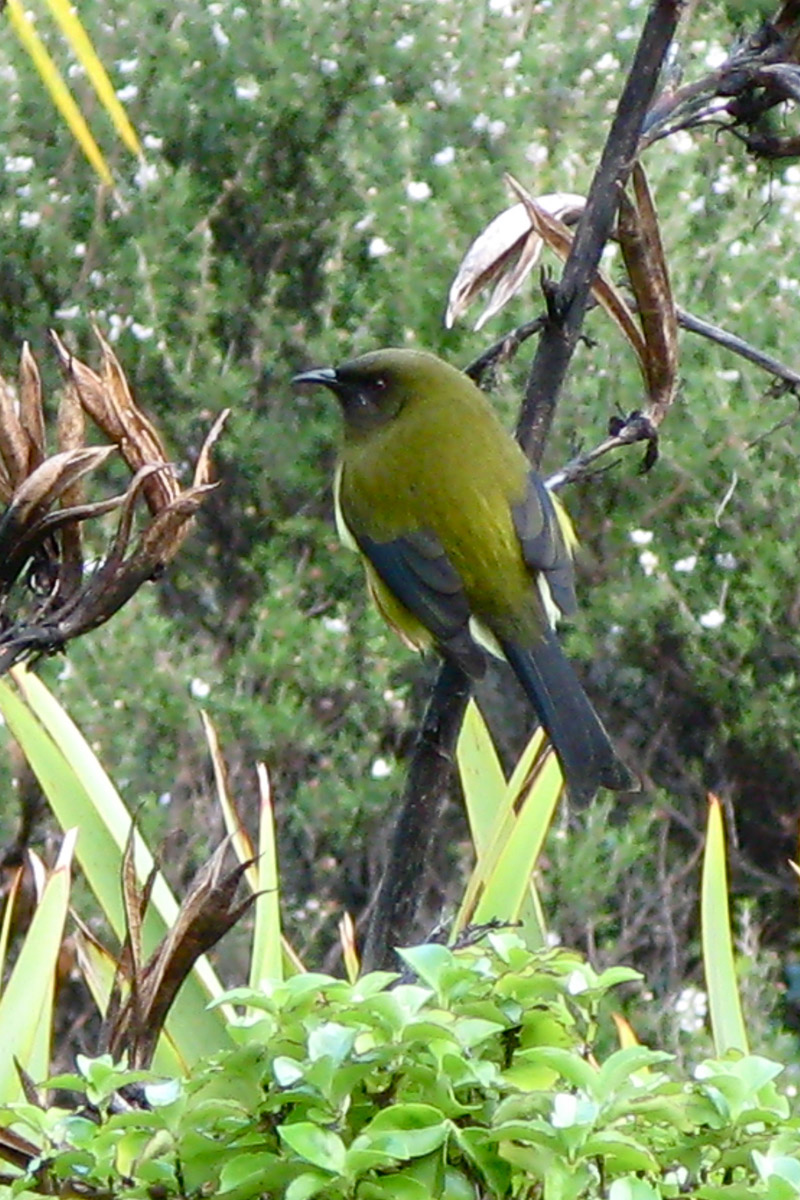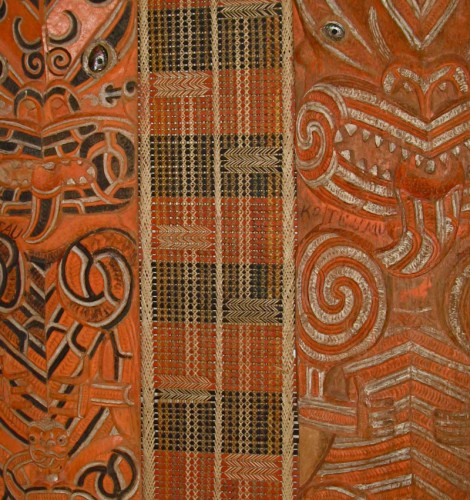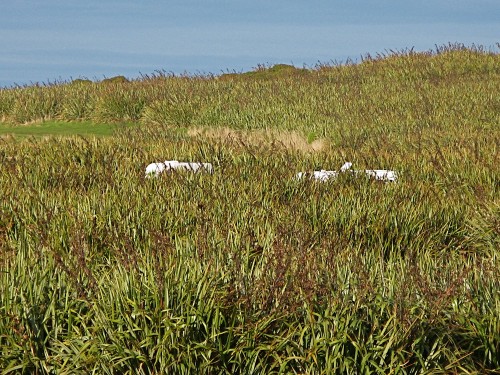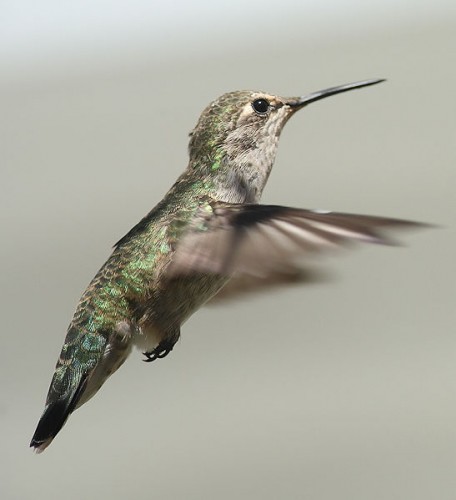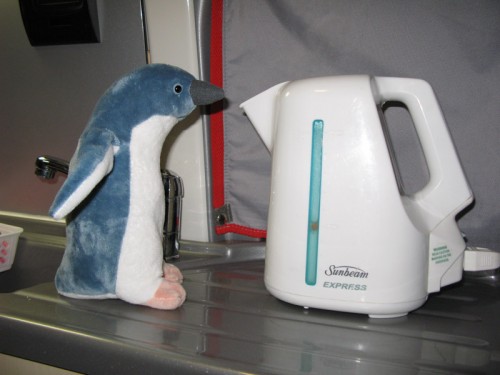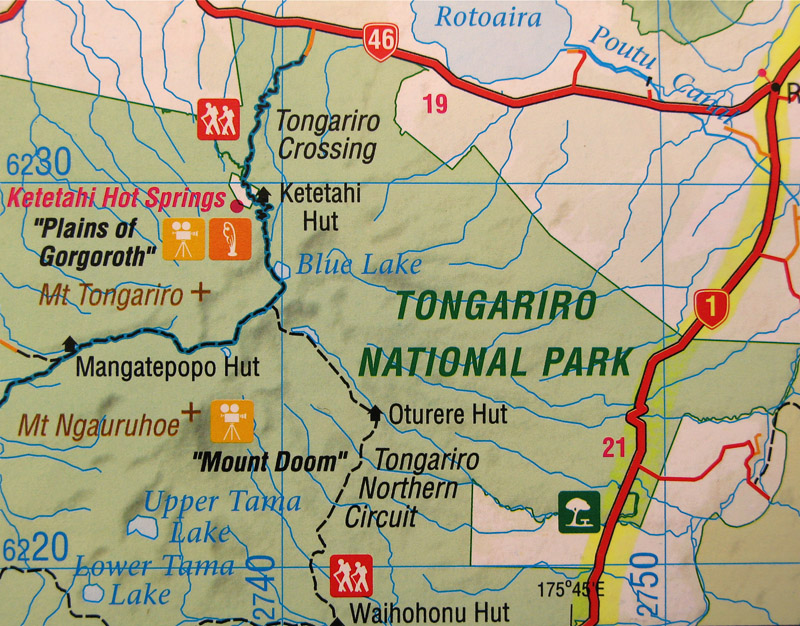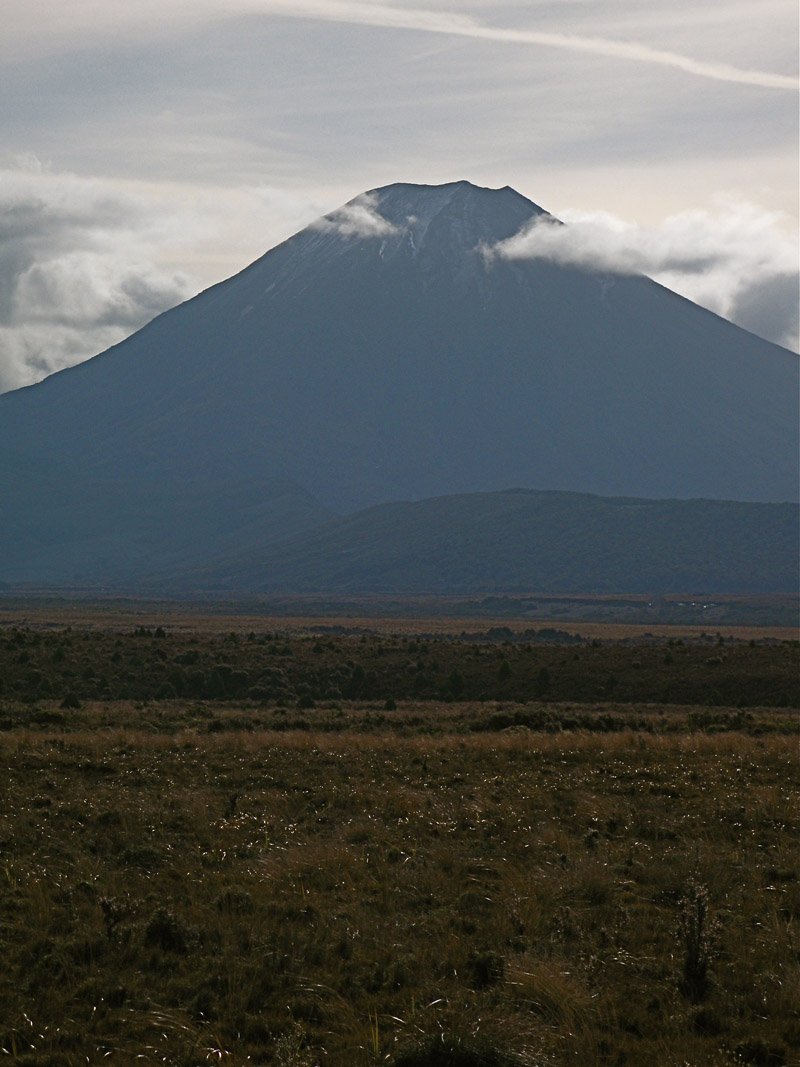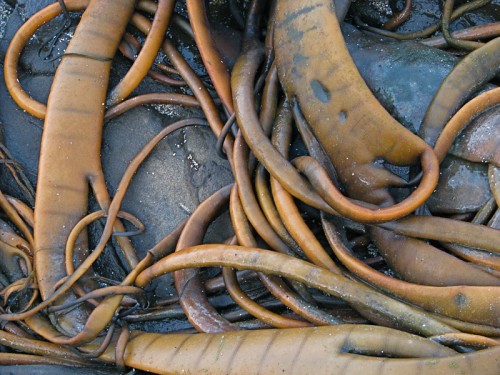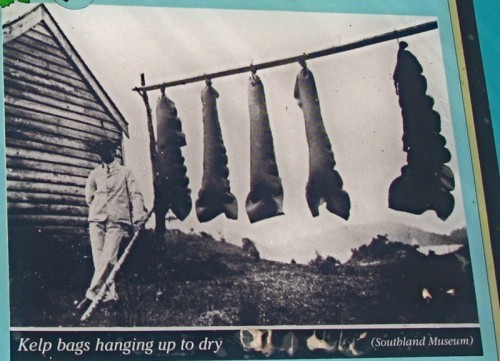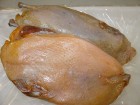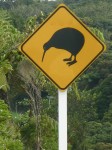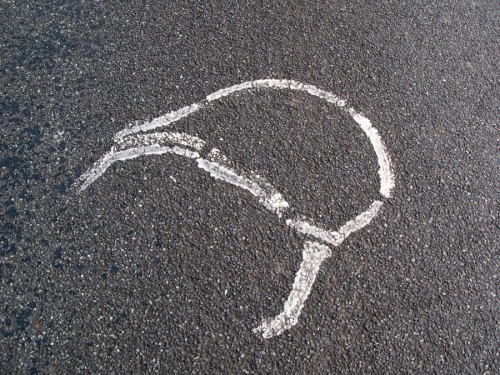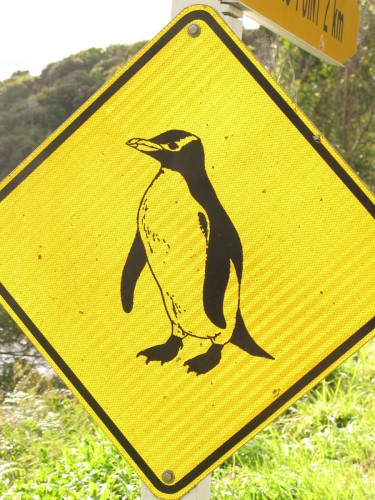Postcards from the Bottom Edge
With a couple of exceptions, I haven’t really posted much about something that’s very plentiful in Aotearoa/NZ: amazing landscapes. Although there’s lots and lots of pasture land, crammed with sheep and cattle and non-native trees and grasses, the islands have a plentiful supply of charming vistas, rugged and awesome terrain, and outright wilderness. All of which is packed into what seems to people used to the sprawling American West to be on a convenient and compact scale.
Because of the high latitudes, mountains don’t need to be Rocky-Mountain high to be snow-clad, and towards the south, bush-line is usually just over 1000m, or 3400 feet in elevation. There are places you can be hiking a glacier and look down onto a surfing beach. The vegetation reflects this variety, and where native growth still exists, it’s exotic and extradordinary: temperate rainforest thick with tree-ferns, sub-tropical bush with cabbage trees, high-latitude Nothofagus forest, low-growing alpine mats. We even found some stray prickly pear in bloom around the warmer spots in gardens on the volcanic lakes area, and the occasional Agave americana in landscapes.
Periodically I’ll post a sampling of some of the places we saw. Here’s a few, with their captions beneath each one:
(all photos A. Shock)

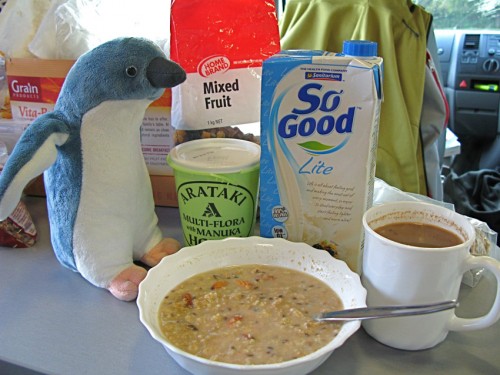
 Allison does not consider herself a wildlife artist,
but an observer who takes notes in clay.
Allison does not consider herself a wildlife artist,
but an observer who takes notes in clay.
